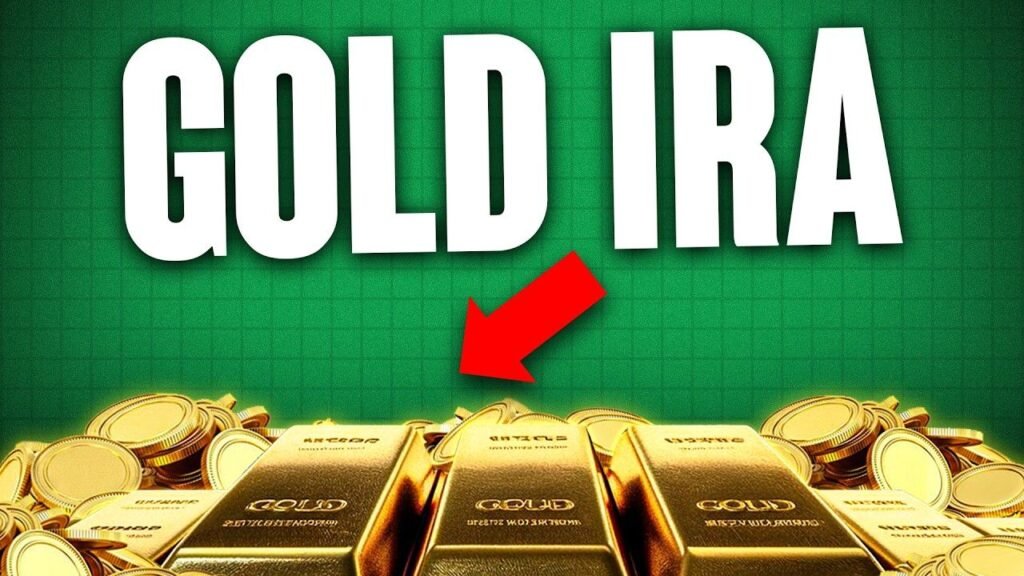The popularity of gold as a retirement investment has grown steadily in recent years as more people look for protection against inflation and financial uncertainty. To help investors make informed choices, IRAEmpire has released its 2025 guide on Gold IRA fees. The guide explains how these costs work and what individuals should know before committing their savings.
What is a Gold IRA?
A Gold IRA is a special type of self-directed retirement account that allows investors to hold physical metals such as gold, silver, platinum, or palladium. Unlike a traditional IRA that holds only paper-based assets like stocks or bonds, a Gold IRA requires a specialized custodian and secure IRS-approved storage. These additional steps make the account more complex but also provide the opportunity to diversify with assets that historically retain value during economic downturns.
Why Investors Choose Gold IRAs
Many investors turn to Gold IRAs because they offer unique advantages. Gold is often seen as a hedge against inflation since it tends to preserve value when the dollar weakens. Precious metals also add balance to portfolios that may rely too heavily on equities or government bonds. During times of political or economic instability, gold is regarded as a safe haven that can protect wealth and purchasing power.
Types of Gold IRA Fees in 2025

While Gold IRAs are appealing, they come with costs that are higher than traditional accounts. In 2025, investors should expect a setup fee for opening the account which generally ranges from fifty to one hundred and fifty dollars. Custodians also charge annual maintenance fees for managing compliance and reporting, usually between seventy five and three hundred dollars. Storage fees are required since IRS rules prohibit keeping gold at home. These charges run from one hundred to three hundred dollars annually depending on whether the storage is segregated or commingled. In addition, transaction fees are applied whenever metals are bought or sold, averaging twenty five to fifty dollars per trade. Finally, investors must account for dealer markups which typically range from two to five percent above the spot price, and can be higher for collectible or proof coins.
Average Costs Compared to Traditional IRAs
When all expenses are added together, most Gold IRA investors in 2025 pay between two hundred and six hundred dollars each year, not including dealer markups. Traditional IRAs, in comparison, usually involve very minimal costs. The difference comes from the need for specialized custodians and secure vault storage in a Gold IRA. Rising storage expenses and increased demand for metals have contributed to higher costs, though competition among custodians has made setup and maintenance fees more transparent. For smaller accounts these fixed costs can represent a significant portion of the total balance, making careful evaluation even more important.
Hidden Costs and Red Flags
Alongside standard fees, investors must be cautious of additional charges and potential red flags. Early withdrawals before the age of fifty nine and a half carry a penalty of ten percent along with regular income taxes. Shipping and insurance costs may apply if metals are delivered or liquidated. Some companies push collectible coins with markups that can exceed twenty percent, often leaving investors with poor resale value. Another warning sign is the use of high-pressure sales tactics that rely on fear or urgency rather than education and transparency. Any provider that avoids sharing a full written fee schedule should be approached with caution.
Reducing Gold IRA Expenses
Although some fees are unavoidable, investors can take steps to reduce costs. Comparing custodians is essential since some charge flat rates while others base fees on account size. For larger accounts, a flat rate often works out cheaper. Choosing commingled storage instead of segregated storage helps cut expenses without compromising IRS compliance. Sticking with standard bullion coins and bars rather than collectibles lowers markups and improves liquidity. Treating a Gold IRA as a long-term investment rather than a trading account helps avoid excessive transaction charges. In some cases, providers may even reduce or waive setup fees for larger rollovers if investors ask.
Gold IRAs remain an attractive option for individuals who want to protect their retirement savings from inflation and market volatility. The costs are higher than those of traditional accounts, but with the right planning and provider, these expenses can be managed effectively. By understanding the full fee structure and avoiding hidden charges, investors can ensure their retirement funds work toward long-term wealth preservation and financial security in 2025 and beyond.

